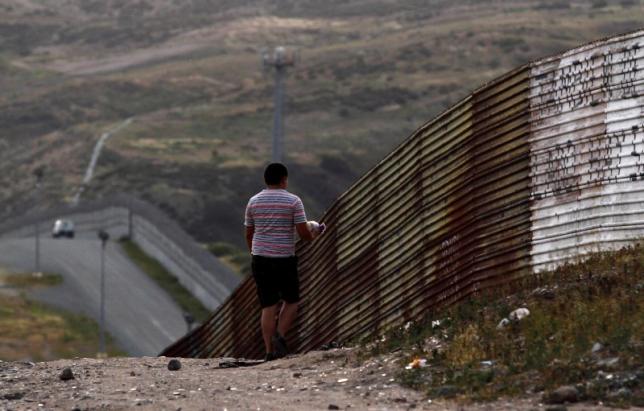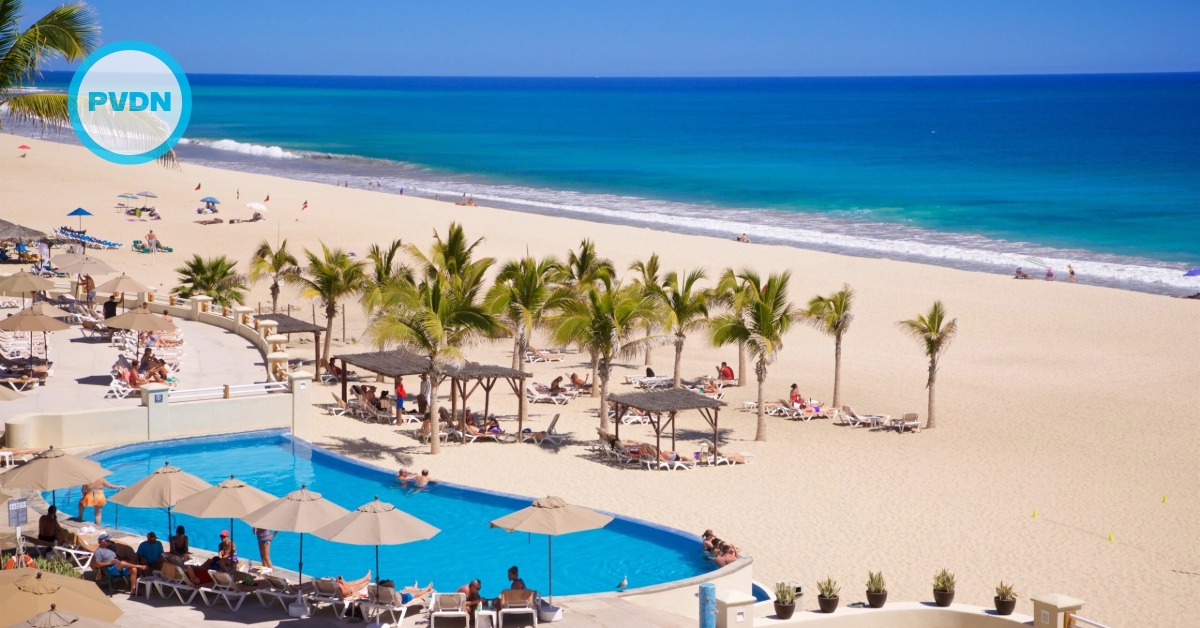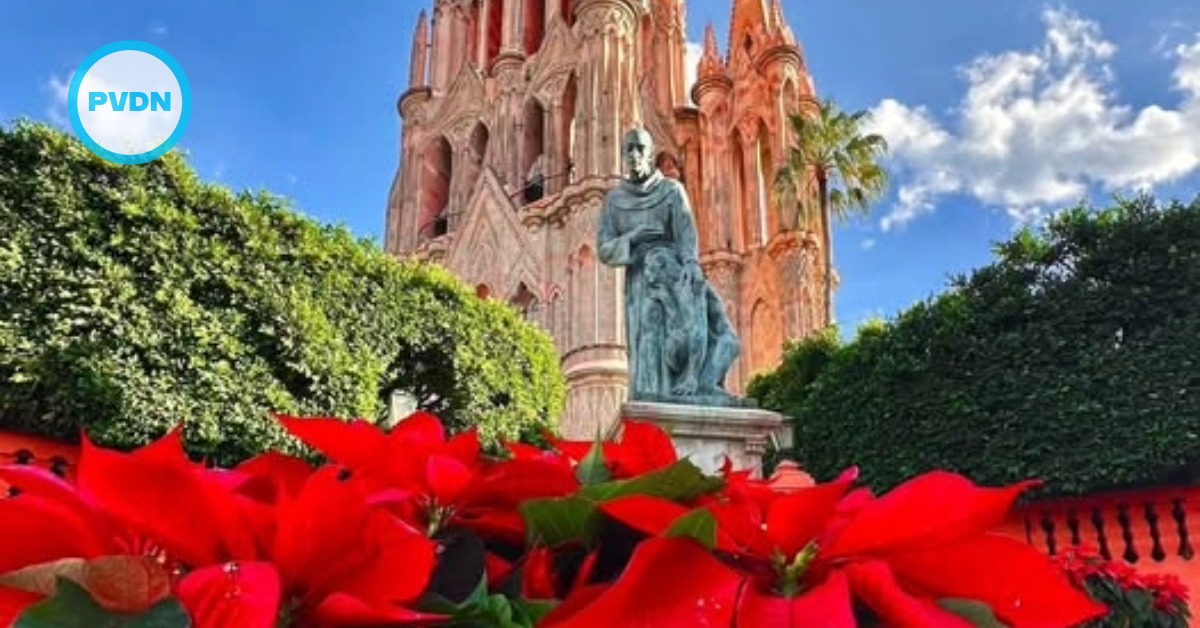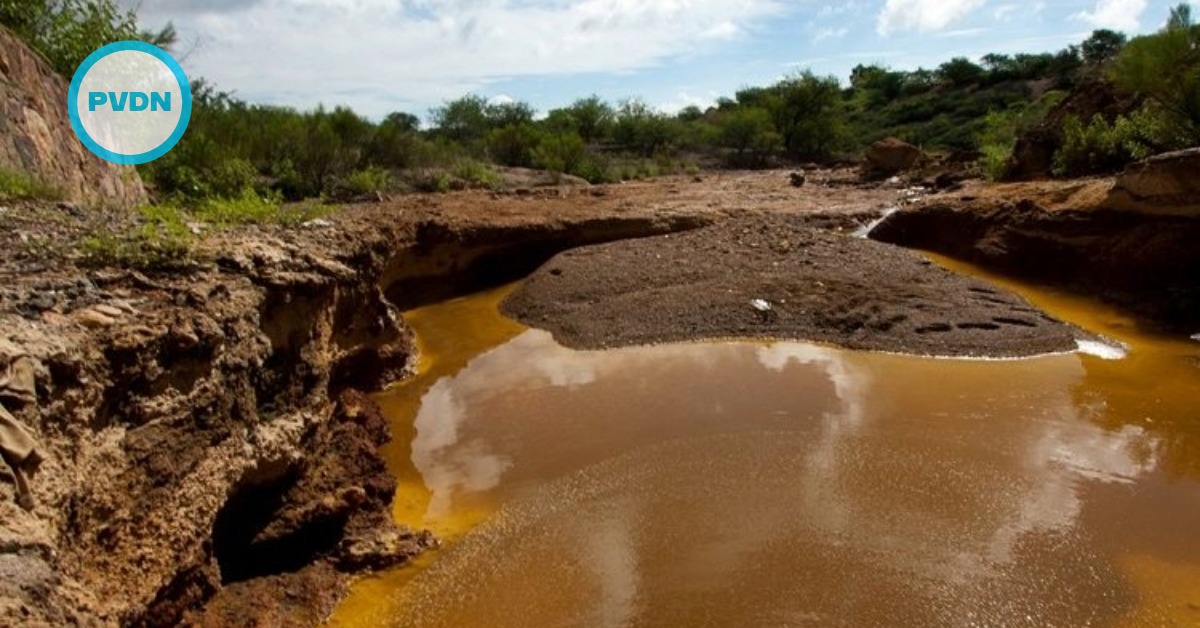Mexico is struggling to stem the flow of Central American migrants traveling to the United States ahead of the U.S. presidential election, causing major concern in Washington, which is weighing sending more agents to help.
In 2014, Mexico moved to strengthen its southern border when a surge in child migrants from Central America sparked a political crisis in the United States.
Last year, Mexico detained over 190,000 migrants, more than double the number in 2012.
But official data examined by Reuters shows that fewer migrants have been captured in Mexico this year even as the number caught on . . .






